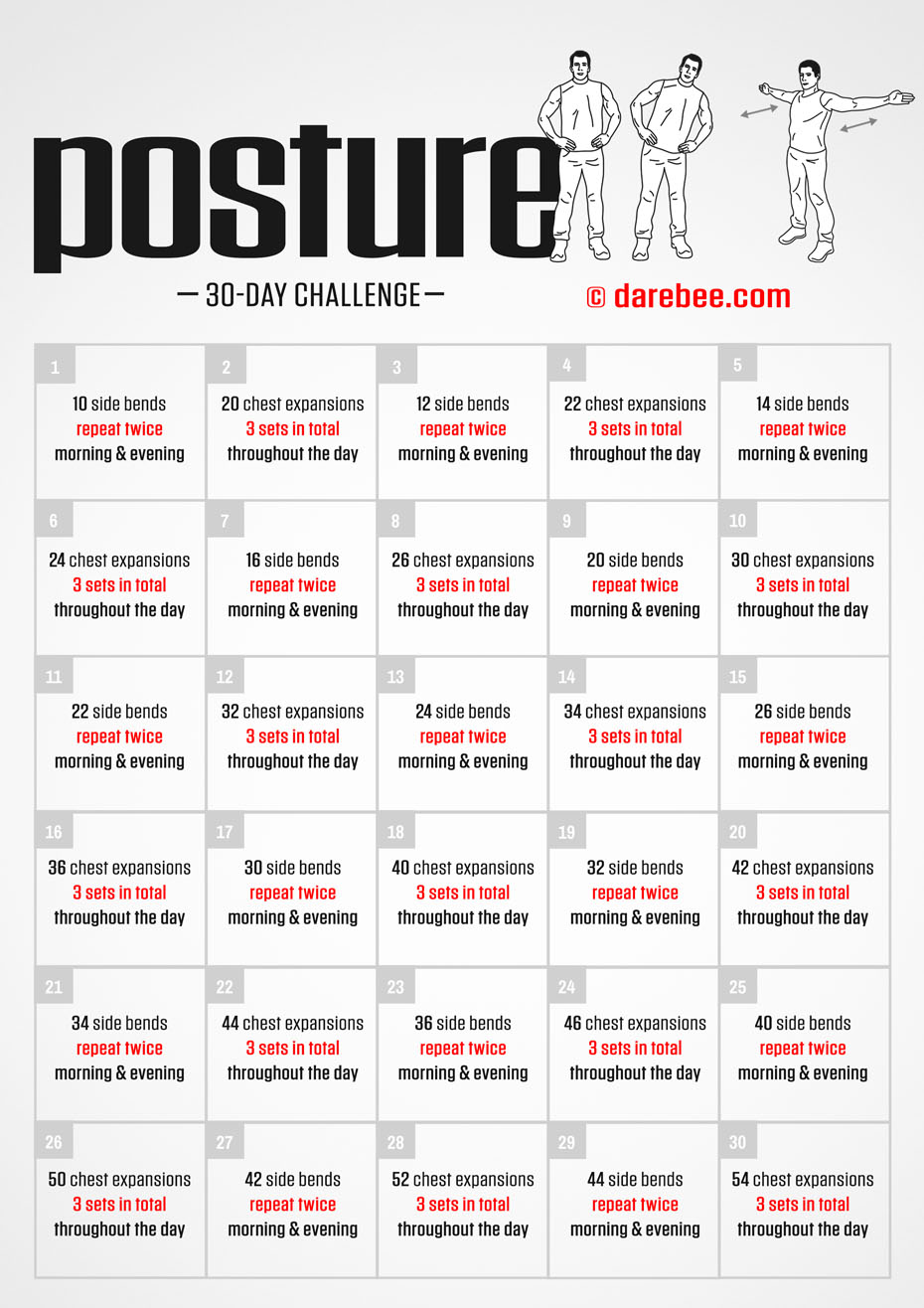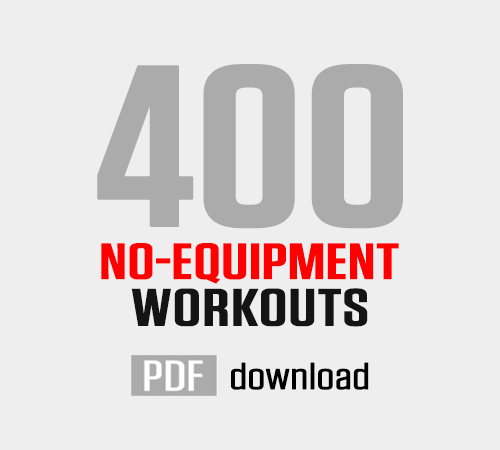00:00
Great posture is made of many different parts which recruit a lot of different muscle groups throughout the body, some of which are required to multi-task in their roles. The Posture Challenge has only two, seemingly simple exercises. To understand how they help improve your posture consider what is required for a good posture to begin with:
- A strong neck and shoulders
- A strong back
- A strong lower back
It is, of course a little more complicated than that as flexibility as well as strength are involved and the front of the body needs to be brought into the picture as well, but the Posture Challenge is simple in what it asks you to do. It targets primarily all the key muscle groups that are not easy to target consistently and by the end of it you will see a difference.
Just so you understand what muscles you are exercising consider that in the neck and upper back that anchor the shoulder blades to the spine there is a flat, triangular shaped muscle called the trapezius. This muscle covers the neck, shoulders and thorax. Effective posture necessitates that the trapezius muscle is strengthened equally in the front and back of the body.
On the lower back there are those muscles on the back side of the body which run laterally to the spine, called the erector spinae muscles. Individually, they are the spinalis, longissimus and iliocostalis and they all work together to extend the spine. The multifidus muscles, a smaller group deep in the back, connects the vertebra.
Finally the tail end of the posture support structures are the gluteus and hamstring muscles. Even the hamstrings play a role as they indirectly work to maintain an erect posture during standing and walking.
The side to side movement may be simple but in a slightly modified format it is practiced by martial artists, boxers and MMA fighters because it challenges the lateral abs and also helps strengthen the muscles on either side of the lower back (called the Thoracolumbar Fascia). Then the chest expansions with the arms thrown back while held at shoulder height brings many of the muscles of the upper back into play and, as the upper body moves back but is held in place by the lower body so you do not overbalance, it also challenges the core, abs, pelvic girdle tendons and lower back (again). Practiced regularly all these muscles are given a workout which helps them become stronger, take more and more of the load of the spine and hold the body upright.
Side Bends How-to-Video & Micro Chest Expansions How-to-Video











